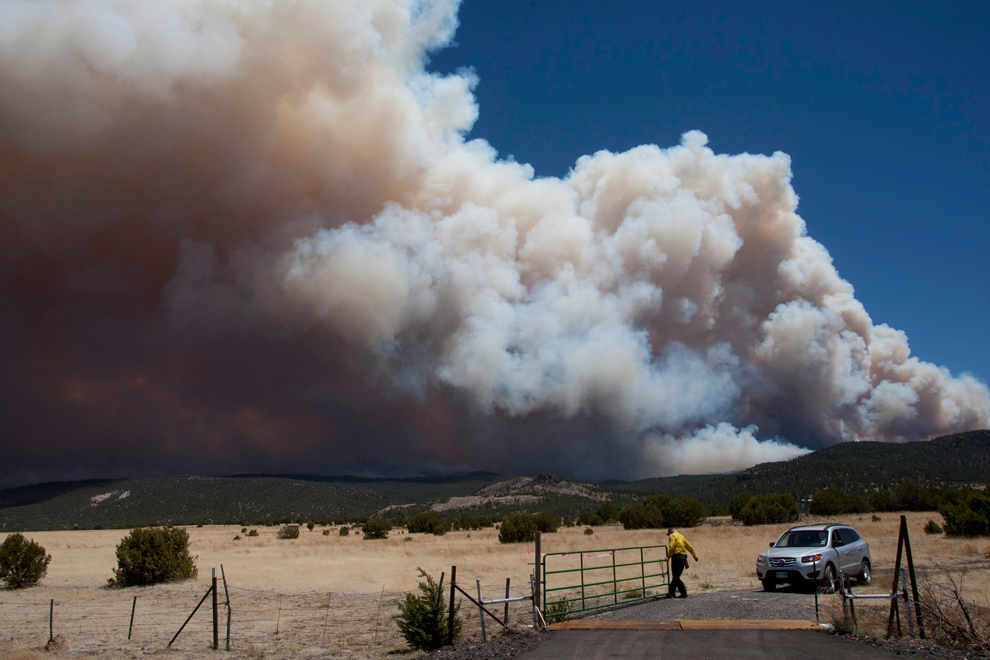With June nearly over and Arizona’s infamous summer heat fully settled over the Valley, Arizonans have a number of reasons to celebrate the slower than normal approach of summer. After the second wettest May in state history, Arizona faced a delayed start to its fire season. Whereas fire season typically begins in May, a wet and cool spring has delayed the start of fire season weather until June. Additionally, Arizona’s monsoon season, which typically begins in July, could cut fire season even shorter.
While Arizona’s fire season appears to be shorter than usual, there is no reason to expect a June without forest fires, a fact that has been illustrated by the recent Kearny River Fire. State Forester, Jeff Whitney, warned in late April that most of the state could face a severe fire season. Spring moisture caused increased growth of small plants in the undergrowth of the forest, creating more fuel once fire season begins. Increased growth coupled with Arizona’s continued drought has created a dangerous combination of factors that can lead to severe fires. Whitney noted that this year’s conditions reminded him of the years in which the 1995 Rio Fire (23,000 acres burnt) and the 2005 Cave Creek Complex Fire (243,950 acres burnt) spread.
Shifts in forest health, such as denser forests with more trees growing closer together, and Arizona’s continued drought have given rise to an era of catastrophic forest fires. These fires are typically crown fires, which burn along the tops of trees. The close proximity of the trees in many of the forests in Northern Arizona allows for rapid spread of fire, devastating tens of thousands of acres.
B3 Strategies’ clients, The Nature Conservancy, Salt River Project, and Vaagen Bros. Lumber, have been active participants in treating overgrown forest acres through mechanical thinning and prescribed burns. Mechanical thinning removes small diameter trees (typically 16” in diameter and smaller) to allow larger trees more room to grow. Prescribed burns are fires purposefully set in healthier portions of the forest to reduce brush in an attempt to prevent severe wildfires during fire season. The recent release of thefinal Record of Decision for the Four Forest Restoration Initiative (4FRI), which slates 500,000 acres of forests for treatment, is another major step in improving Arizona’s forest health and preventing large scale catastrophic fires in years with more severe and longer fire seasons.
While fire season is just beginning, Arizonans should be vigilant year round to protect forests from human caused fires. For more information on fire safety, visit www.smokeybear.com. B3 Strategies will continue to monitor Arizona’s fire season as well as 4FRI’s progress following their Record of Decision. If you have questions or would like additional information about Arizona’s forest health, please contact us at [email protected].

